Explore the calming power of Japanese cleaning rituals to create a serene and organized home. Discover tips and ideas for infusing mindfulness into your daily routine for a peaceful space.

Welcome to Zen Cleaning
Forget frantic weekend scrubbing – Japan’s cleaning rituals are all about mindfulness. I tried a Japanese cleaning method to create a Zen home, and let’s just say my space (and my mind) feel transformed.
Ready to see how small shifts can create big changes? Swipe through to discover rituals that go beyond cleaning – these are a total reset for your home and soul.

Clean With Gratitude
Instead of rushing through chores, the Japanese approach starts with thanking your home. Before cleaning, take a moment to appreciate your space – yes, even that cluttered corner.
This shift turns tidying into an act of care, not a chore. I found that starting with gratitude made me more intentional, turning each sweep and wipe into a little act of love.

The One-Cloth Rule
Forget using ten different sprays and sponges – Japanese cleaning keeps it simple. The one-cloth method means using a damp, reusable cloth for nearly everything, from dusting to wiping surfaces.
It forces you to slow down and connect with your space, instead of just scrubbing mindlessly. Bonus? It’s eco-friendly and left my home feeling naturally refreshed without harsh chemicals.
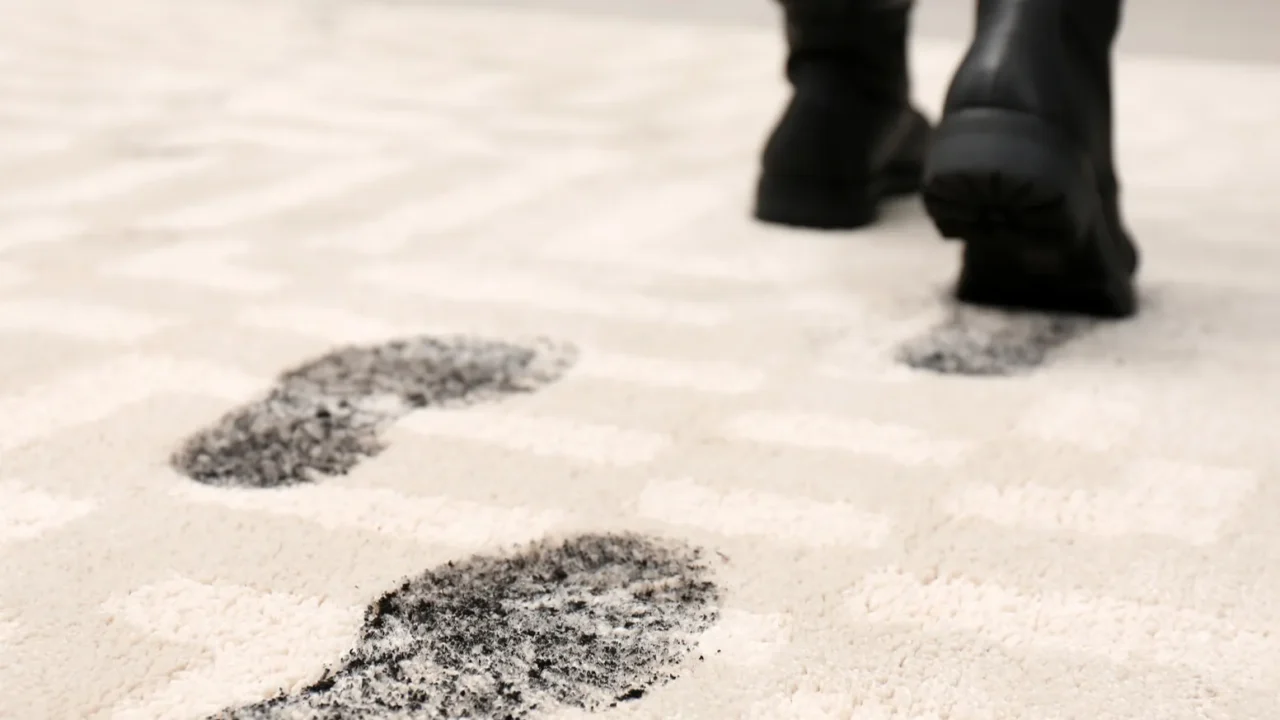
Shoes Off, Energy In
In Japan, stepping inside with shoes on is a big no-no – it’s about more than just dirt. The belief? Outdoor shoes drag in negative energy along with dust.
After adopting this, I noticed my home stayed cleaner longer, but more importantly, it instantly felt calmer. A cozy pair of indoor slippers? Now that’s a must-have for my Zen haven.

Declutter With “Now” Mindset
Forget keeping things just because they “might be useful someday.” Japanese minimalism is rooted in the now. I asked myself: “Does this item serve me today?” If not, out it went.
This mindset shift wasn’t just about tidying – it made my space feel lighter, calmer, and honestly? It’s way easier to find what I need without digging through clutter.

The Silent Cleaning Rule
A peaceful home starts with a peaceful mind, and in Japan, cleaning is done in silence to create harmony. No loud music, no rushing – just intentional tidying that lets you connect with your space.
I tried it, and my home felt instantly calmer. Without distractions, I noticed small details – like dust in corners – that made my space feel fresher and more refined.
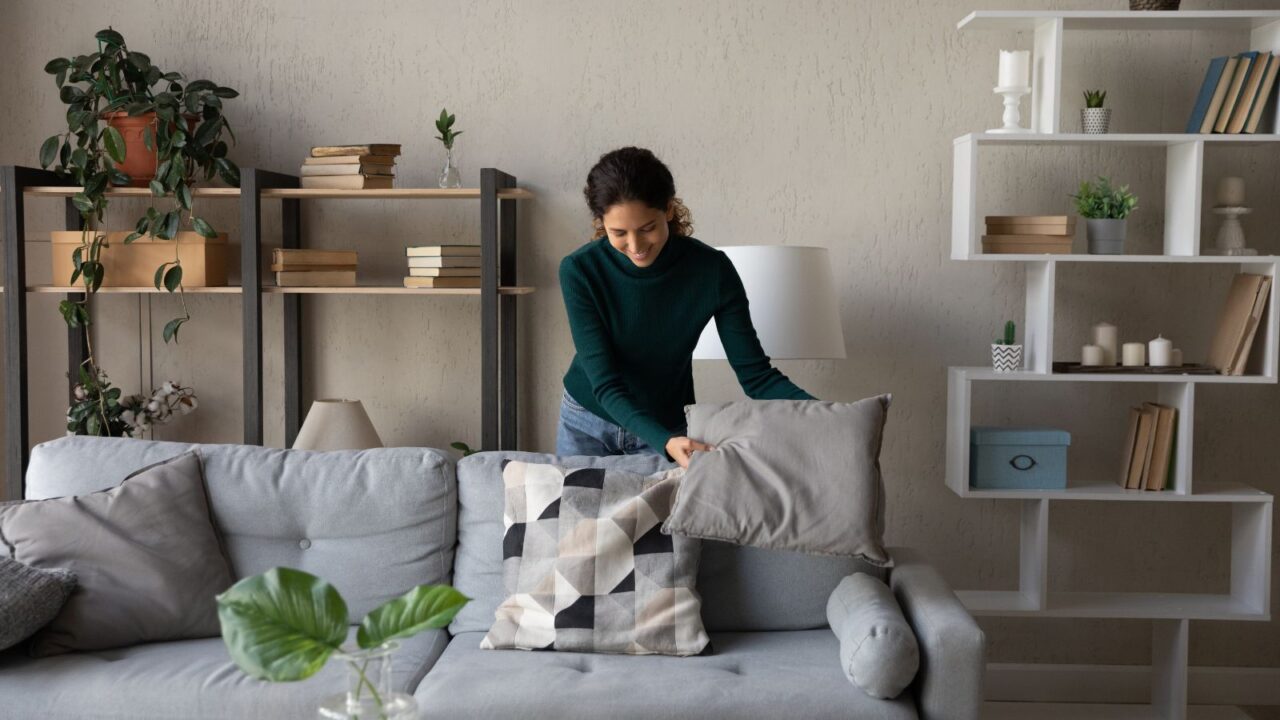
The Five-Minute Reset
A cluttered home dulls its beauty, but the five-minute rule keeps things effortlessly chic. Instead of waiting for messes to pile up, I spent five minutes each night restyling and resetting my space.
A quick fluff of pillows, clearing surfaces, and folding blankets kept my home looking curated and magazine-worthy without overwhelming deep cleaning. They are small habits but have big impacts.
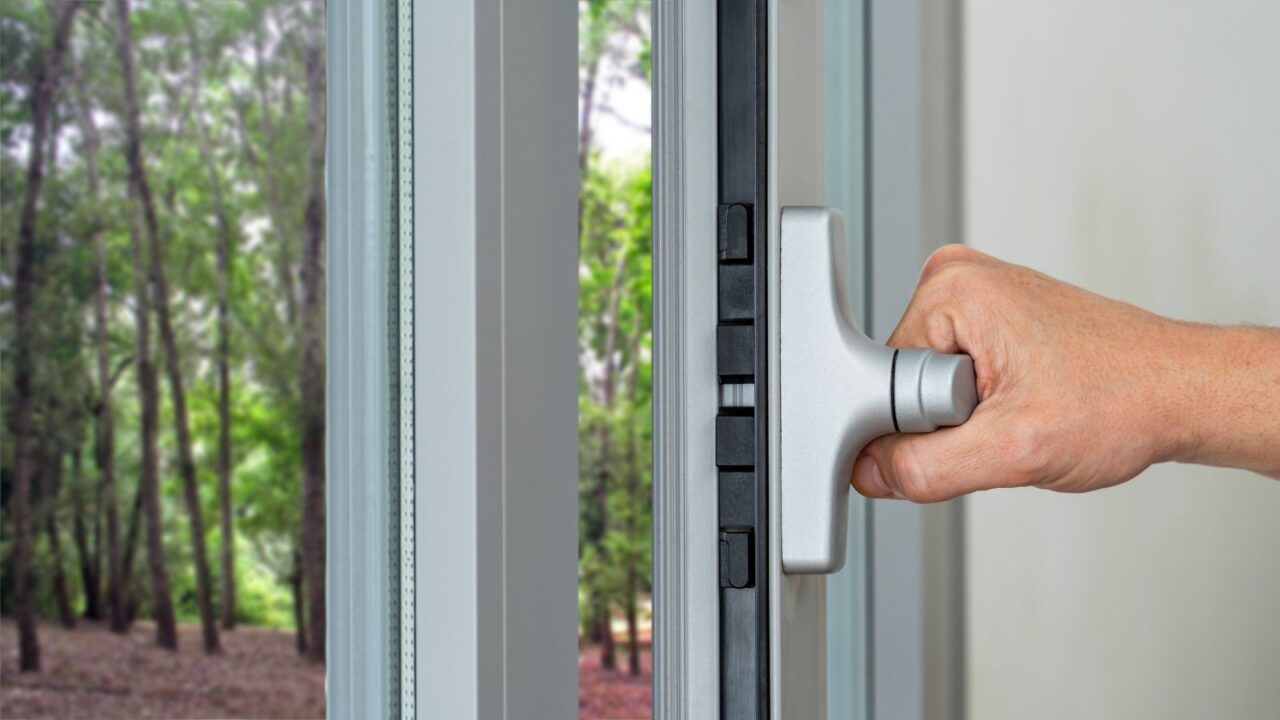
The Power of Airing Out
Japanese homes always feel fresh, thanks to daily air circulation. I opened my windows for just 10 minutes a day, and my space felt lighter and more vibrant.
Stale air traps odors and dust, dulling a home’s charm. But with fresh air? My home smelled cleaner, and even fabrics like curtains and bedding felt refreshed – no artificial sprays needed.
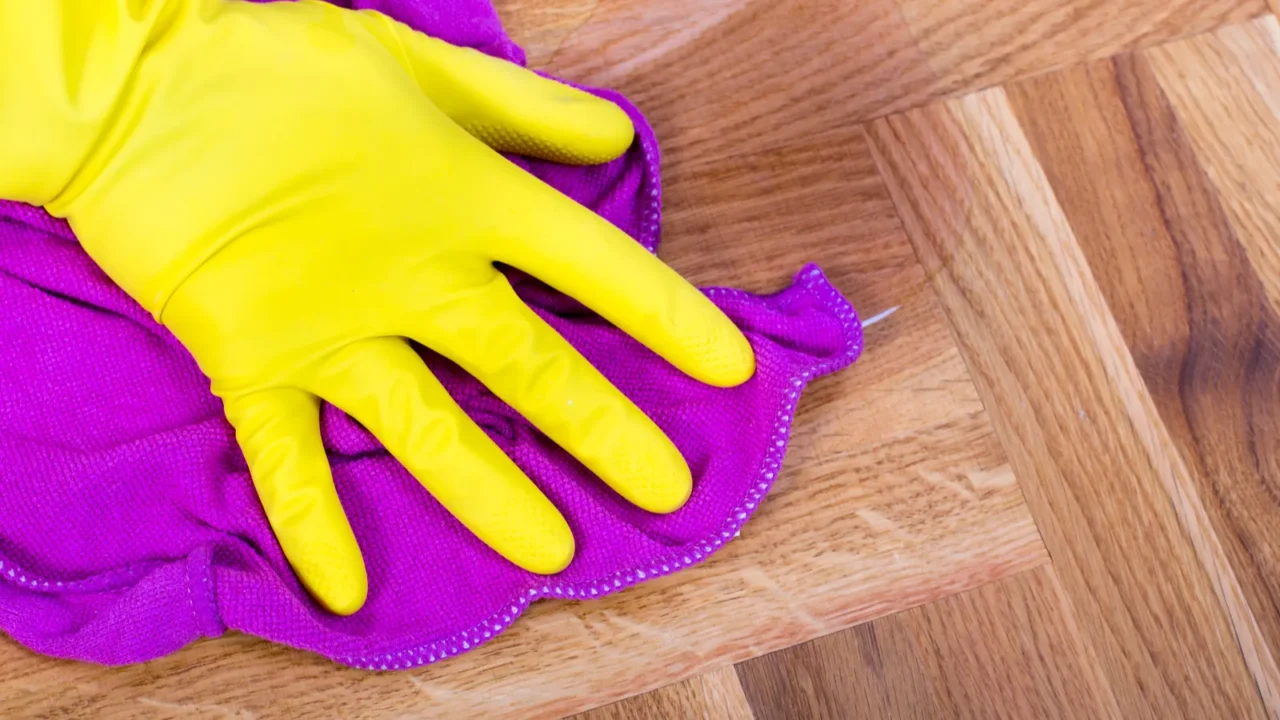
The Art of Floor Cleaning
In Japan, floors aren’t just walked on – they’re an extension of the living space. Instead of relying on vacuums, I tried the hand-wiping method, making me more aware of my floors’ textures and how they shape the ambiance.
My wooden floors looked polished and warm, and my rugs felt fluffier. The result? A home that feels as luxurious as it looks.
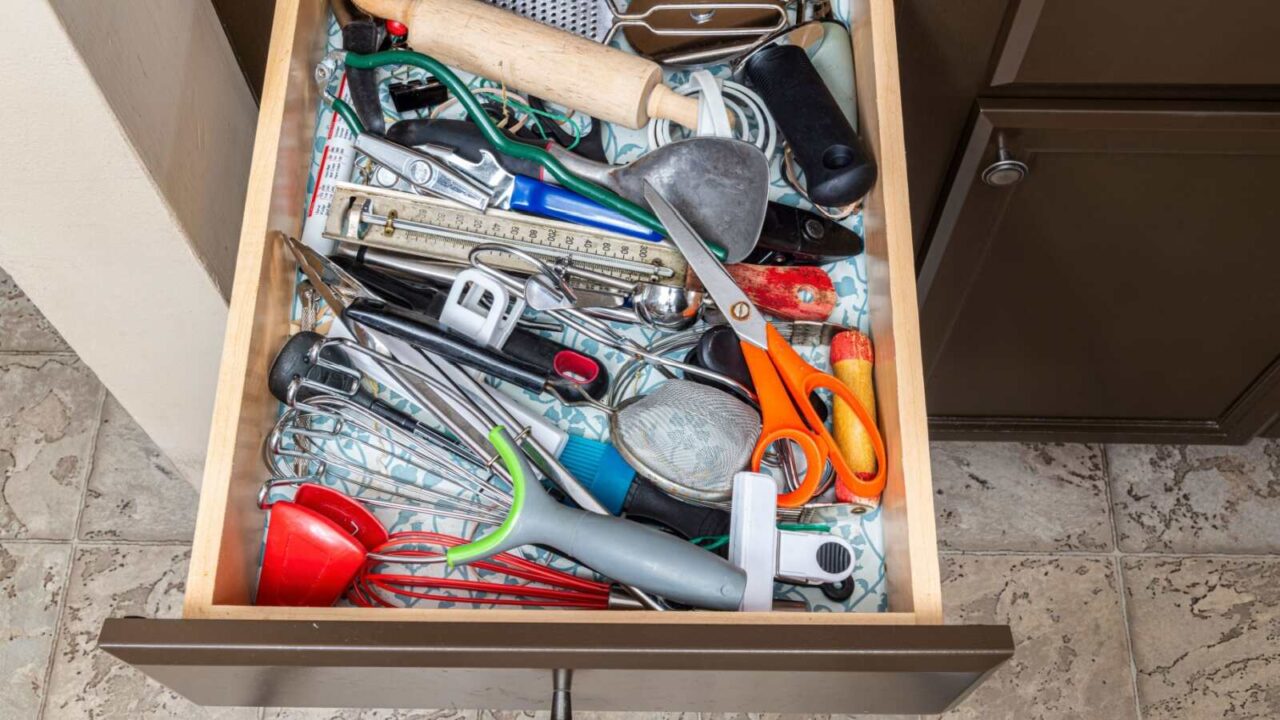
Hidden Clutter Matters
A beautiful home isn’t just about what you see – it’s about what you don’t see. Japanese tidying focuses on hidden clutter that subtly affects a home’s energy.
I decluttered drawers, cabinets, and under-bed storage, and suddenly, my space felt lighter and more serene. No more overstuffed closets or tangled cords – just a home that breathes beauty from the inside out.
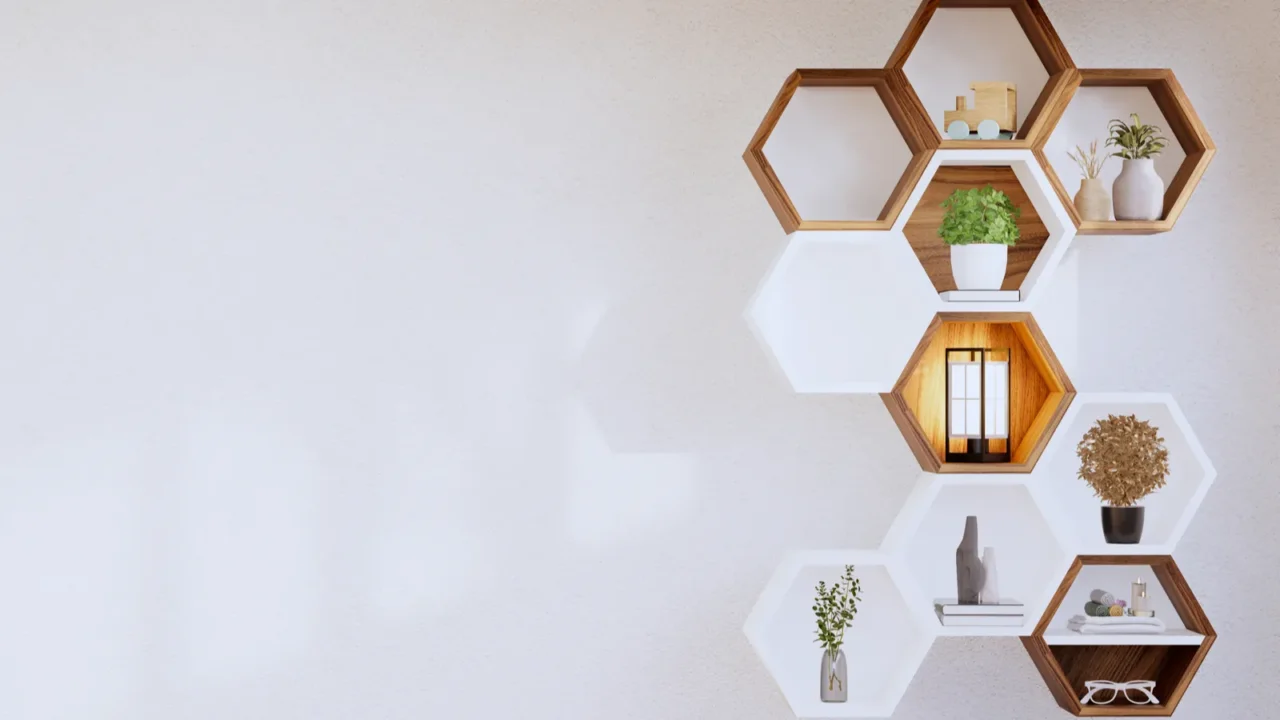
Mindful Object Placement
In Japanese homes, every object has a purpose and a place. Instead of stuffing shelves or cramming decor, I tried intentional placement – only keeping things that truly added beauty or function.
The result? My space felt elegant and uncluttered, like a well-curated gallery instead of a storage room. Less visual noise, more effortless style.
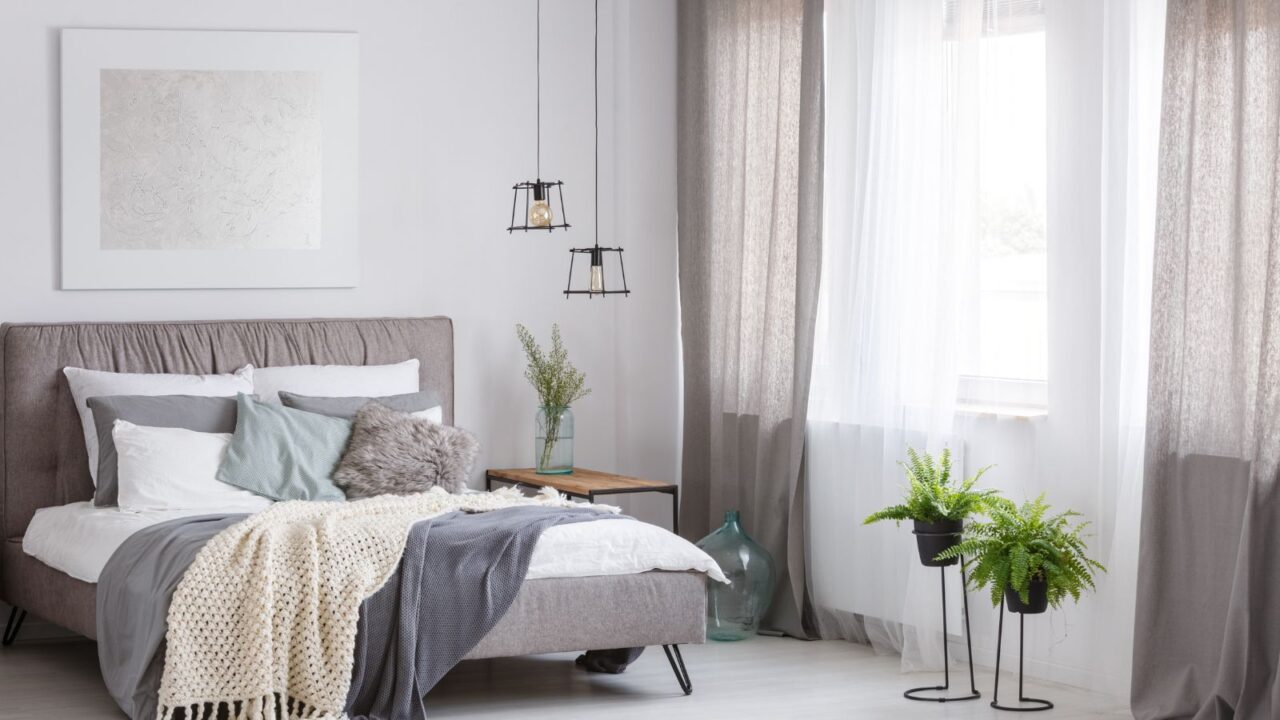
Seasonal Swaps for Freshness
Japanese interiors change with the seasons – cool linens in summer, and plush textiles in winter. I started rotating decor and fabrics, and it made my space feel constantly refreshed.
Light, airy curtains in warmer months, and soft throws in cooler seasons instantly transformed my home’s vibe. It wasn’t just cleaning – it was about creating a space that evolved beautifully year-round.

The Scent Connection
A Zen home isn’t just about visuals – it’s about how a space feels. Japanese homes use natural scents like cedarwood, yuzu, or tatami grass to create a calming atmosphere.
I switched from artificial air fresheners to subtle, nature-inspired scents, and my home felt more inviting, polished, and spa-like – as if I had stepped into a luxury retreat.
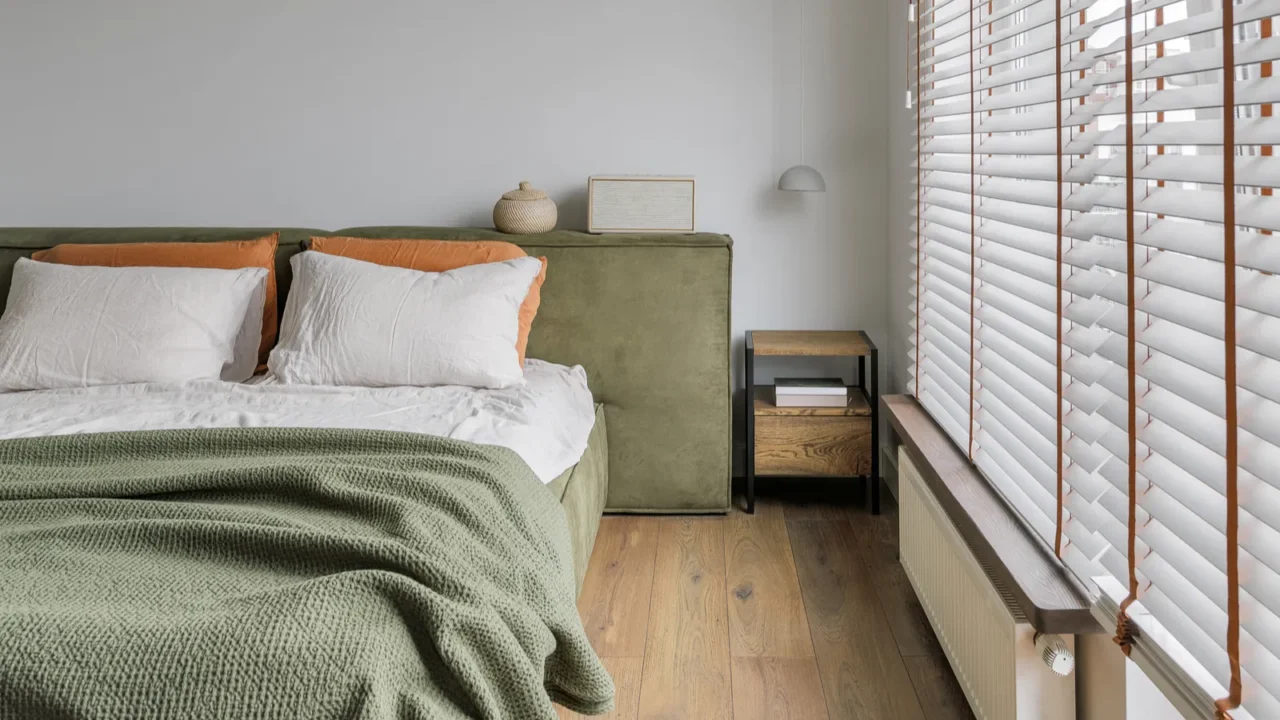
The Power of Empty Space
In Western homes, empty space can feel “unfinished,” but in Japan, it’s a sign of intentional design. I decluttered and left some surfaces bare, creating breathing room in my decor.
The effect? My home felt more sophisticated, less chaotic, and incredibly calming. A little openness made my space look more like a designed sanctuary than a storage unit.
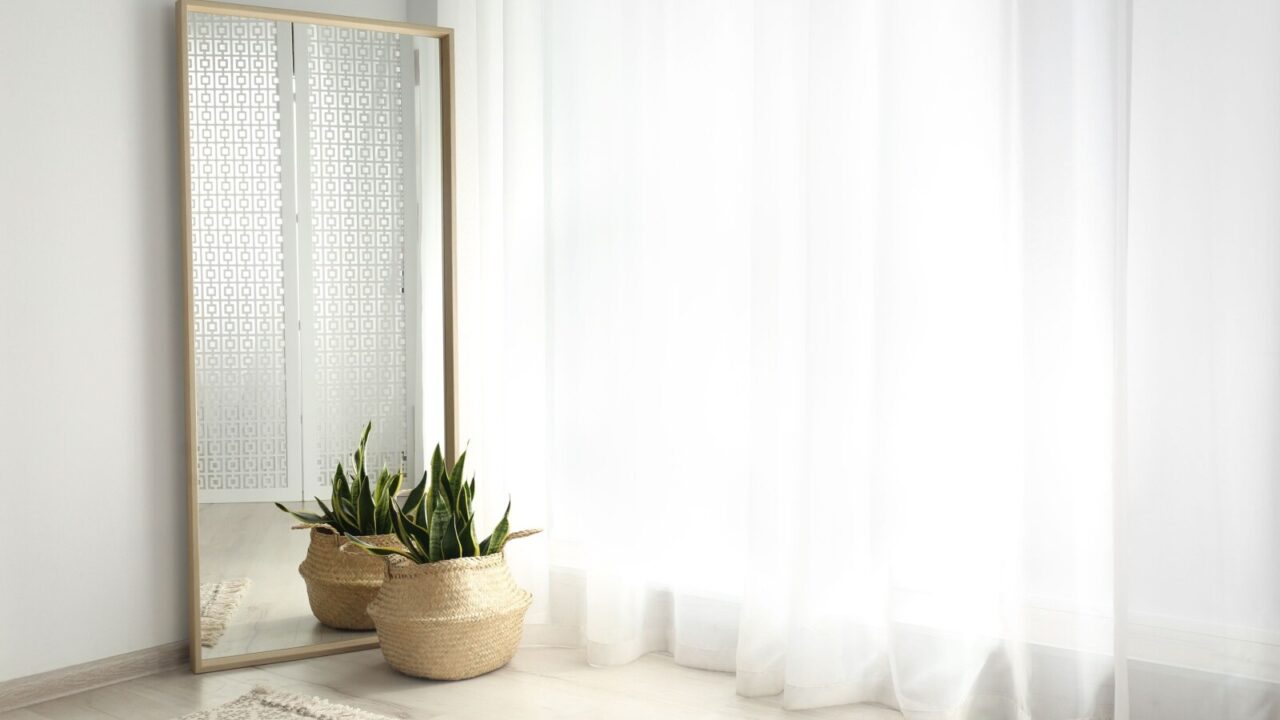
Natural Light Matters
Japanese homes embrace soft, natural light for a peaceful atmosphere. I adjusted my space by using sheer curtains and placing mirrors to reflect daylight, making my rooms feel brighter and more open.
By swapping harsh lighting for warm, diffused lamps, my space transformed into a cozy, serene retreat – perfect for unwinding after a long day.
Looking to brighten your space too? 17 Ways to maximize natural light in short winter days offers plenty of tips to help you make the most of natural light in your home.
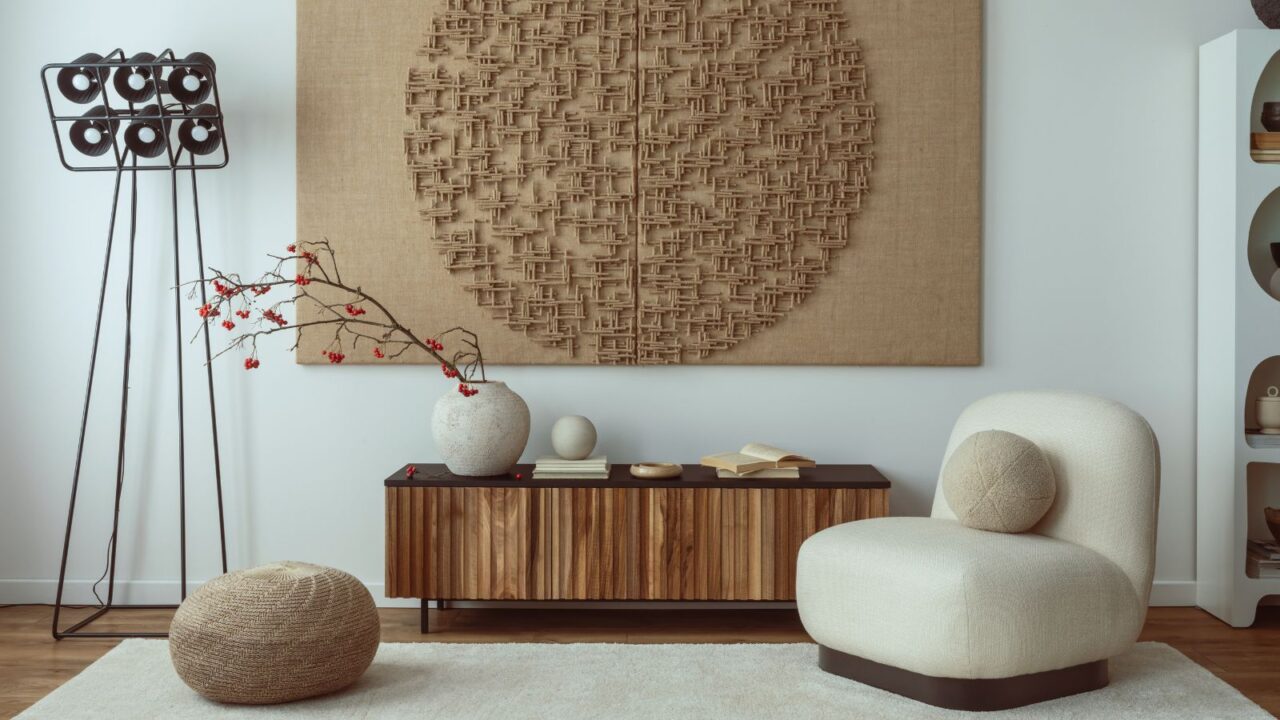
A Home That Feels Alive
By following these Japanese cleaning rituals, my space became more than just tidy – it felt alive, fresh, and inspiring.
With less clutter, more purpose, and a calming aesthetic, my home became a place where I could truly breathe and relax. Cleaning wasn’t just about maintaining a space – it was about transforming it into a sanctuary.
If you’d also like to give your home that refreshing, calming vibe, check out the 15-day February decluttering and cleaning challenge for a step-by-step guide to turning your space into a sanctuary too.
Read Next:
16 Cleanliness Hacks Your Home Needs in 2025